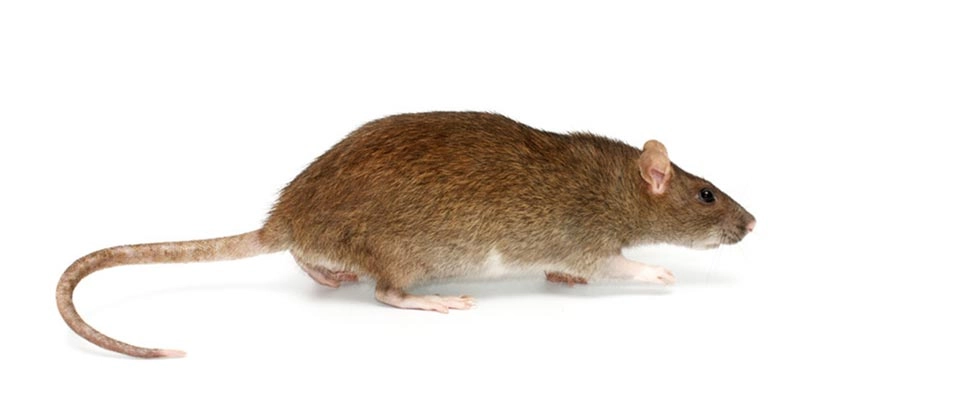Norway Rat

Not only are rats vectors for diseases such as the plague, leptospirosis, and salmonellosis, but they can cause a considerable amount of damage to a home. Rats can gnaw on electrical wire and wood structures such as doors, ledges, corners, and wall material. They can also tear up insulation in walls and ceilings for nesting.
Not all rats are created equally. There are two different species of rats that wreak havoc on homes. The Norway rat and the roof rat. Your home could be providing these pests the resources that they need to thrive. Food, water, and shelter. Though they have the same basic needs, the approach to controlling them will be different.
Below is a profile of the Norway rat and ways to prevent this pest from infesting your home or property.
| Identification |
|
| Behavior |
|
| Habitat |
|
| Life Cycle |
|
| Seasonality |
|
| Favorable Conditions |
|
| Health Concerns |
|
| Signs of an infestation |
|
What You Can Do To Prevent A Norway Rat Infestation
- Store bags of pet food, bird seed, and grass seed in rodent-proof containers, or at the very least, inspect them often for any signs of gnawing.
- Pick up fallen fruit and nuts from trees daily.
- Never leave uneaten pet food inside or outdoors for any length of time. You cannot count on dogs or cats to keep rats away.
- Fix leaky plumbing and eliminate any unnecessary standing water.
- Dispose of all garbage in dumpsters or garbage cans with tight fitting lids that are kept closed.
- Reduce clutter and debris by using proper storage techniques.
- Trim tree branches 3 to 6 feet away from the building and trim vines, bushes, grass, and weeds at least 2 feet from all buildings to decrease cover for rodent runways, to prevent hidden access.
- Eliminate dense plantings or break them up with pathways, stretches of lawn, or very low groundcover.
- Avoid large expanses of low groundcover that could allow rats to run for long distances without being seen.
- Seal large and small holes both inside and out. Also seal where pipes and wires enter the structure. Seal small holes with steel or copper wool and caulk.
- Seal vents with ¼ inch hardware cloth.
What You Can Do When Roof Rats Are Inside Your Home
- Use snap traps and place them along walls, rodent pathways, and in other protected areas like behind objects.
- For bait, use food the rats are already eating or for Norway rats use pieces of hot dog, bacon, liver, peanut butter, or nutmeats.
- Move objects around to funnel rats into traps.
- Monitor traps regularly and frequently, and keep bait fresh. Rats avoid old or rancid bait.
- Exclusion methods are favored over any chemical means. Rodenticides can pose hazards to non target animals, including children and dogs. Poisoned rodents may also die in inaccessible places and cause odor and fly problems.